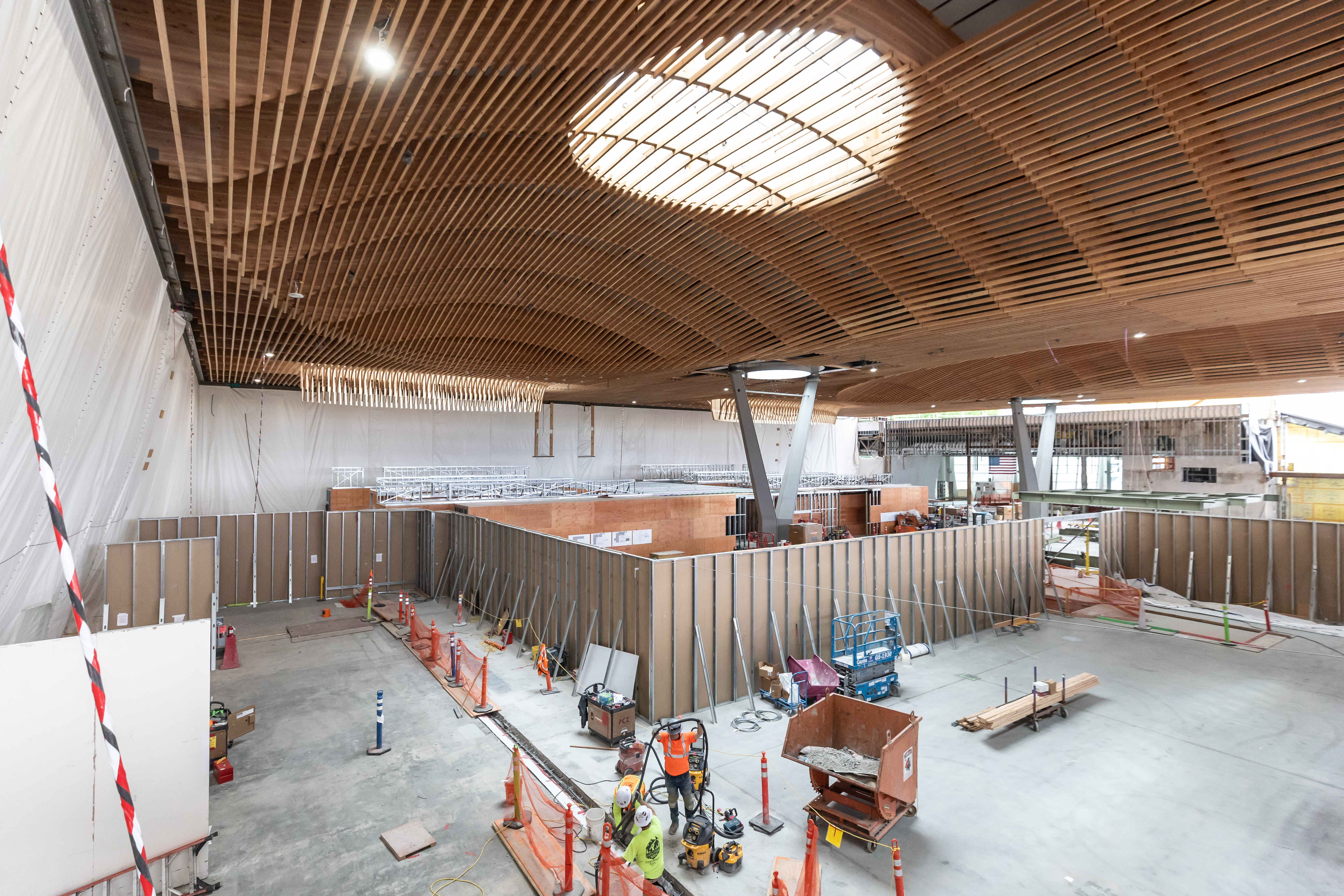In the modern pantry, organization is key
Published 4:00 am Tuesday, January 22, 2013
A pantry is a cook’s prop closet.
With planning, the meal maker can always have something special tucked away to dazzle the audience, whether that’s a large gathering or just a few sleepy-eyed youngsters. Cereals, spices, fine oils, sauces and sweet surprises can become part of the repertoire.
There are no rules today for the size or shape of that stash of food staples, snacks, linens and party platters. A pantry can be a row of baskets, a freestanding cabinet, built-in custom shelves or even a separate room.
The idea is to have a plan for keeping up with everything.
“The evolution of pantry space in the home is part of the organization trend that continues to be popular,” said Jaclyn Pardini, a spokesperson for Lowe’s home improvement. “They really want to control the chaos.”
If the goal is to control the chaos, then it makes sense that families are being more generous with kitchen storage space. They’re buying in bulk at Costco and Sam’s Club. When they come home, they need room for the goods.
“Very similar to closets in general, we’ve seen pantries are getting bigger,” said Ginny Snook Scott, chief design officer for California Closets, which devotes a tab on its website to pantries. “We’re seeing multiple cabinets or spaces that are almost like a walk-in closet.”
In some homes, owners want pantries with space for craft supplies and wrapping papers, said Keri Henley, a certified kitchen and bath designer and an owner of Artisan Cabinetry in Charlotte. As a result, retailers are offering more options for storage or improving on existing products.
“We’re working in all kinds of things to make it a multipurpose room,” Henley said. “That’s kind of where life happens.”
Henley designed a custom, walk-in pantry in Davidson, N.C., recently. Knotty alder cabinet doors conceal the pantry and the 48-inch-wide refrigerator beside it.
While a pantry should improve the look of the kitchen, whether concealed behind doors or visible, it also should make it easy to locate and grab items out of storage. Baskets, carts, drawers and caddies are some options.
“Products that provide simplicity, function and improved organization are the most in demand,” said Mary Bush, a spokesperson for Olson. “Built-in storage and organization, easy access through roll-out trays to prevent bending and reaching, anything that improves accessibility and ease of use — all very important factors to consider.”
SieMatic USA is one of the companies pushing to make custom storage available to a bigger share of the market.
The floor-to-ceiling cabinets in SieMatic’s Floating Spaces collection are well-suited to open floor plans because of the clean, contemporary design and ability to adapt to lots of floor plans. Just as much effort went into planning the space behind the cabinet doors. Prices in that collection start around $35,000.
“It’s always a play between form and function,” said Hans Henkes, SieMatic USA president. “The consumer is realizing that it is not just the exterior that can be beautiful.”
Freestanding hutches and shelves are a better choice for an apartment or a tiny kitchen.
A well-stocked pantry can make the work of the most humble cook more sparkly. Suddenly the cook can have dried fruits, chilies, extracts and imported chocolates within easy reach. Holidays, potlucks and treats for movie night in your jammies might never be the same.
“Our lives are too busy to run by the grocery store every night,” Henley said. “When you’re trying to figure out what to have for dinner, you go to your pantry.”
Create a place for everything
• Keep your work area small. Don’t be afraid to improvise. Vertical space and shelves are less expensive than drawers and baskets.
• If you’ve got a large space, you’ve likely got space for wine storage, chafing dishes, platters, glasses and small appliances. Stick to the basics in a small space. Dry goods and canned foods are among those.
• Keep your work area concise, so you won’t have far to walk from prep area to pantry. The stove, sink and food storage areas should be within a tight triangle.
• Store heavy items on lower shelves. Use top shelves for paper products, linens and things less likely to harm you if they fall.
• Most shelves should be no deeper than 10 inches. Smaller items get lost or forgotten when stored on deep shelves.
— Ginny Snook Scott, California Closets Online






